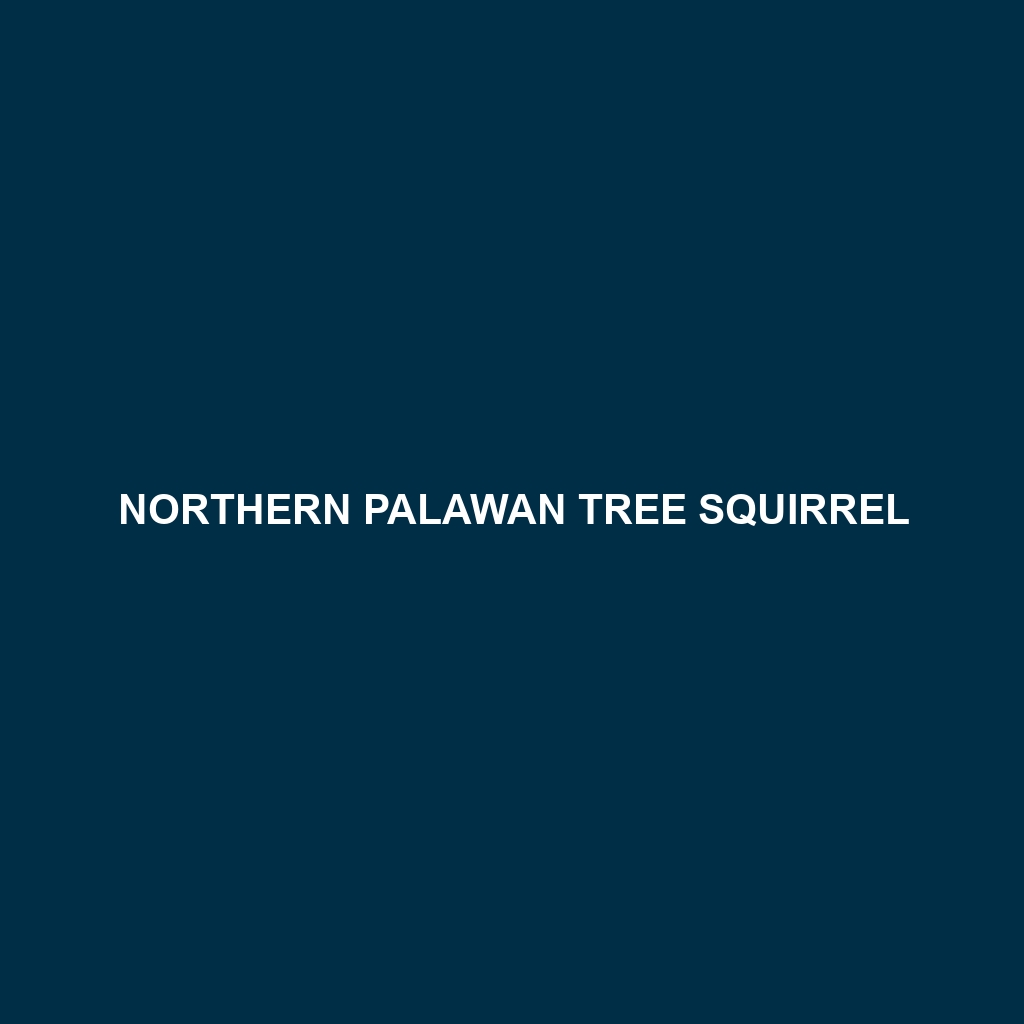Northern Palawan Tree Squirrel
Scientific Name: Callosciurus juvencus
Habitat:
The Northern Palawan Tree Squirrel is primarily found in the lush, tropical rainforests of Palawan, Philippines. This species thrives in various habitats, including lowland forests and mountainous regions, where it prefers dense foliage for nesting and foraging.
Physical Characteristics:
This medium-sized rodent measures about 25 to 30 cm in length, with a bushy tail that can extend up to 25 cm. Its fur is predominantly reddish-brown on the back, with lighter underparts. Unique to the Northern Palawan Tree Squirrel are its large, rounded ears and long whiskers, which enhance its sensory perception in the dense forest environment.
Behavior:
The Northern Palawan Tree Squirrel is predominantly diurnal, displaying active behaviors during daylight hours. They are known for their agility in climbing and jumping between branches, making them a fascinating spectacle in their native habitat. Socially, they often live in small groups and have established territorial behaviors, marking their presence through vocalizations and scent markings.
Diet:
This squirrel primarily feeds on a diet rich in fruits, nuts, and seeds, showcasing a preference for the abundant resources found in their rainforest habitat. The Northern Palawan Tree Squirrel plays a crucial role in seed dispersal, contributing to the regeneration of forest ecosystems by burying surplus food, which occasionally grows into new plants.
Reproduction:
Breeding typically occurs during the warm months, with a peak in reproduction observed from March to July. The female Northern Palawan Tree Squirrel gives birth to a litter of 2 to 5 young after a gestation period of around 45 days. The young are weaned at about 8 weeks and begin to explore their habitats shortly after.
Conservation Status:
The Northern Palawan Tree Squirrel is currently listed as vulnerable due to habitat destruction and deforestation in its native region. Conservation measures are essential to safeguard this species and ensure its survival amidst environmental threats.
Interesting Facts:
This tree squirrel is known for its remarkable ability to leap distances of up to 2 meters between trees. Additionally, they use a range of vocalizations to communicate, which adds to their social interactions within their groups.
Role in Ecosystem:
The Northern Palawan Tree Squirrel plays a vital role in maintaining the health of its ecosystem. By aiding in seed dispersal and contributing to forest regeneration, this species supports biodiversity and the overall stability of its forest habitat. Its presence is an indicator of a healthy forest environment, making it an important species for ecological studies.
